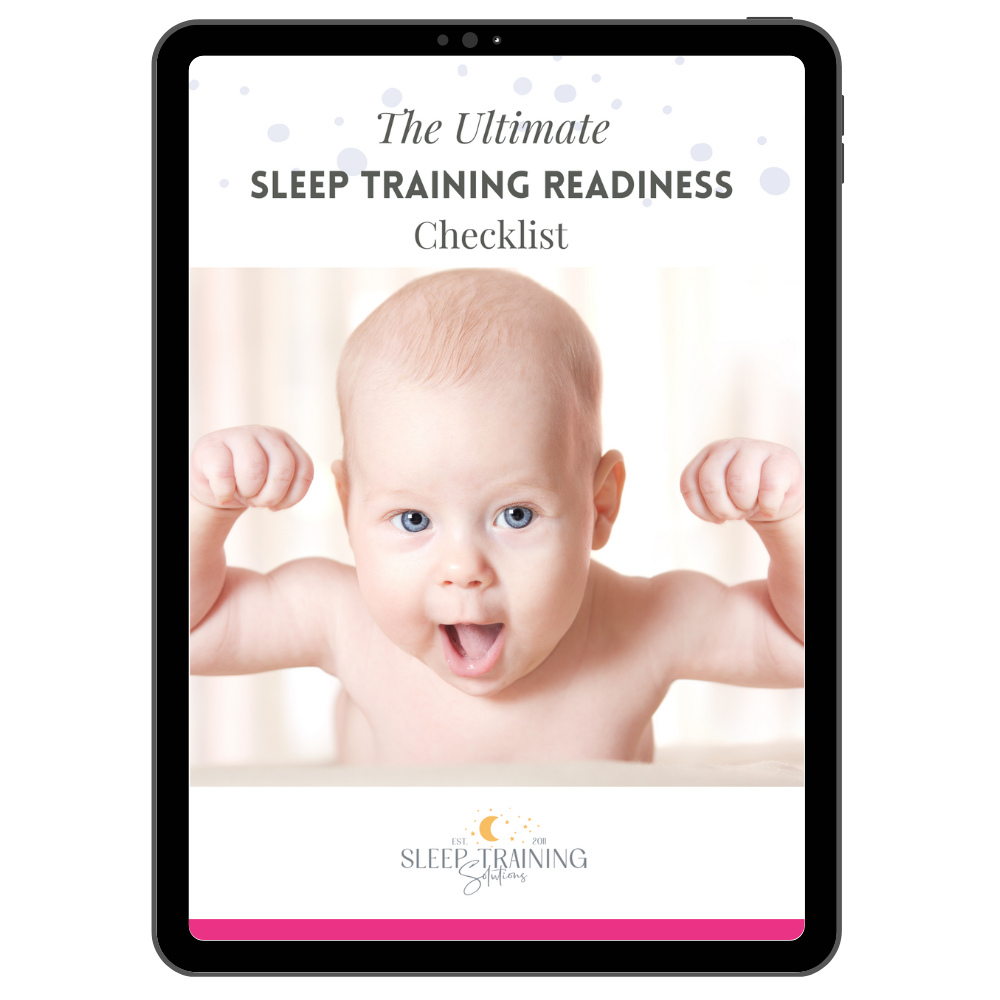Working with Daycare on Naps for your Baby
Improving your baby’s naps at daycare
As a working parent, ensuring your baby gets enough sleep during the day at daycare can be challenging! While you may have established a consistent sleep routine at home, it’s likely more challenging while they’re at daycare. And because almost 25% of children under 5 are in daycare in the US, more and more families are navigating how to work with daycare, and trying to work together to get as much nap time as needed for their child.
Here are some tips for working with your daycare provider on naps:
Clearly communicate your baby’s sleep habits
This includes their nap schedule, sleep environment preferences, and any sleep training methods you’re using. If your daycare is able and willing to put baby down according to baby’s schedule (and not a set daycare nap schedule), that’s ideal. Each day you’ll explain when your baby should be put down for the first nap and then the timing of the subsequent naps.
Be specific about your baby’s needs and preferences to see if they can be accommodated, such as a more quiet, dark space to sleep (try to request the crib in the furthest corner!) or a white noise machine and what capacity they have to do a mini naptime routine. Explain what sleep props your baby used to have prior to sleep training and that those should be avoided (i.e. feeding to sleep).
By sharing this information, your daycare provider can create a sleep environment that’s more similar to the one your baby has at home.Keep daily logs at daycare
If your daycare gives you access to an app or shares each day’s logs (for sleep, food, diapers, etc), that’s great! If not, you’ll want to see how best to get this information from them on a daily basis (perhaps you print out a weekly spreadsheet).
Being able to monitor the log for sleep (how long was your child awake in between naps, did the teachers put your baby down too soon/late, how long were the naps, etc) and how many ounces your baby consumed each day, you’ll be able to see places in the schedule that need clarification (ie “When you put her down after a 2 hour awake time instead of 1.5 hour awake time, it takes her longer to fall asleep and/or her naps are shorter.”) Having concrete data will help facilitate conversations to make your baby’s sleep as good as possible at daycare!Work together to create a consistent sleep routine
Work with your daycare provider to create a consistent nap schedule and (if possible) short nap routine that aligns with what you’re doing at home.If you’ve done sleep training and your baby is able to fall asleep from awake without a bottle or pacifier, share this with your daycare provider and ensure they’re not letting your baby get drowsy with the bottle or offering a pacifier.Consider differences between daycare and home
Keep in mind that it’s almost impossible to replicate what you’re doing at home at daycare. Your daycare provider may not be able to stick to your baby’s preferred nap schedule and the environment will likely be louder and lighter than your child’s bedroom.While this can be challenging, try be flexible and open to alternative solutions that can still meet your baby’s sleep needs. For example, if your baby usually naps for an hour at home but can only nap for 30 minutes at daycare, try to adjust their bedtime at home to compensate.
While it’s important to discuss your baby’s sleep habits with your daycare provider, it’s possible that you may not always see eye to eye on every point. For example, your daycare provider may not be able to stick to your baby’s preferred nap schedule or may not be able to put your baby down for naps (i.e. awake and not drowsy) like you do at home.
If you find yourself in a situation where you and your daycare provider don’t agree on one of these points, try to work together to find a solution that works for everyone. As long as what you’re asking doesn’t go against any of their rules and it’s more time-consuming for their staff, you can point out that by working together to get your baby napping well at daycare will make their job easier! Your baby will sleep longer and be happier when awake :)
Here are some tips as you have these conversations with daycare:
Be flexible and realistic
Remember that your daycare provider may have limitations due to the number of children in their care, staffing, or other factors. Try to be flexible and open to alternative solutions that can still meet your baby’s sleep needs. Just remember tha daycare naps will never be the same as home naps where you have control over the timing, routine, light, sound and temperature :)Share your reasoning
If you feel strongly about a particular point, share your reasoning with your daycare provider. For example, if your baby needs a specific awake time between naps so that he doesn’t get overtired and take a shorter nap (and wake up cranky!), explain why this is important to your baby’s sleep routine.Seek outside advice
If you’re having trouble finding a solution that works for both you and your daycare provider, consider seeking outside advice from a pediatrician or sleep consultant. They may be able to provide additional guidance and support.Consider alternative options
If you find that you and your daycare provider are consistently not able to agree on important sleep habits, it may be time to consider alternative daycare options that better align with your baby’s needs.
Thinking about starting sleep training? Download your free PDF to help set you up for success!
Specific action steps to take:
If the sleeping space at daycare allows it, bring in a white noise machine and ask that it be put under your baby’s crib.
If, despite communicating the optimal schedule, your baby just isn’t able to get in long naps at daycare, you may need to do a quick catnap on the way home and/or adjust bedtime earlier.
If your daycare is on a set nap schedule, replicate that on the weekends to help your child with having a consistent schedule.
Open communication, a willingness to work together and realistic expectations are key to finding a solution that works for everyone! Hopefully you and your daycare provider can work together and by keeping your baby’s sleep needs a top priority and staying flexible…just remember to have realistic expectations that your baby will not typically sleep as well at daycare as he does at home. The added stimulation of a noiser and lighter sleeping space, in addition to not wanting to miss out on all the fun, will make it harder for babies to have those great naps you’re used to at home.
One thing you can look forward to…
When your baby moves to the room at daycare where all the kids are taking one nap (on a cot or mat), their naps do get better. The room will be dark and quiet because all kids are expected to sleep at the same time and they don’t have FOMO because everyone is sleeping around them :)
Baby not napping at daycare
Related Posts:
This post is for informational purposes only and may not be the best fit for you, your child and/or your personal situation. It shall not be construed as medical advice. The information and education provided here is not intended or implied to supplement or replace professional medical treatment, advice, and/or diagnosis. Always check with your child’s physician or medical professional before trying or implementing any information read here.






